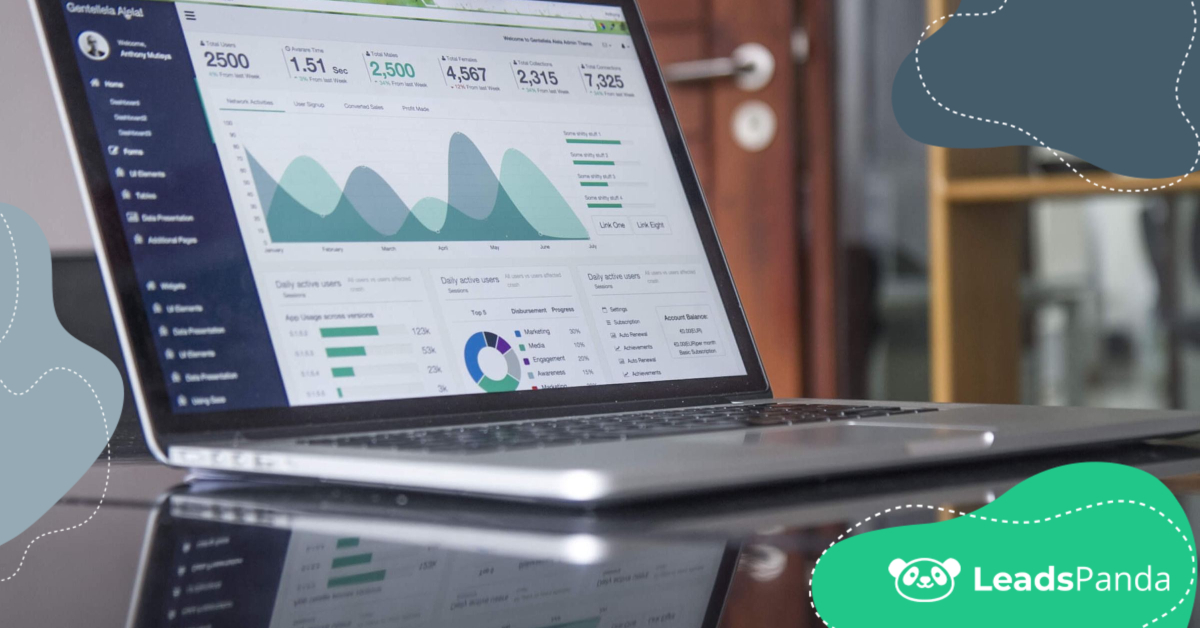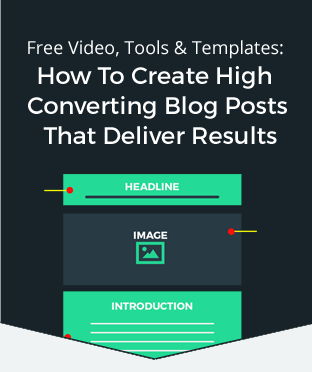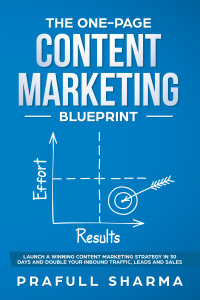5 Techniques for Finding Your Target Audience
Why do marketers make a big effort to create targeted, personalized buying experiences for their audience?
Because at the end of the day, the buying process is in the hands of your customer. The better understanding a business has of what their customer wants and needs, the better chance they have to grab their target audience’s attention among a sea of brands and advertisers competing for their business.
As marketers, it’s our responsibility to create a comprehensive blueprint of what makes customers tick. This way, businesses can communicate their key messages better and more efficiently. It all starts by asking yourself, “Who are you selling to?”
If you can’t give a definitive answer to this question, it just means you need to take the time to define your target audience. Here are some tried and tested techniques you can use to find your target audience:
1. Conduct a survey among your customers and audience
If you want to understand who your target audience is, the best way to go about it is to ask them directly. Conduct a brief survey that will help you understand exactly why your audience comes back to your site.
To understand what your survey goals are, start by listing the top five things you want to learn about your audience. Keep your questions brief, concise, and to the point. Give yourself a timeframe for gathering answers—two weeks to a month is standard. And be sure to promote your survey, not just on your website but on your most popular social media channels as well.
If you have the resources to do so, try to encourage people to join your survey via an incentive. Find a template, a guide, a post, some branded merchandise, or a discount code that you can give away for answering the survey.
LeadsPanda Tip:
There are a lot of survey platforms you can use, but SurveyMonkey, Google Forms, and Crowdsignal are some of the easiest to use and are either free or low-cost options.
2. Talk to your current customers
Surveys are great at giving you broad information and big-picture overviews of why the audience likes your product, but speaking to your customers one-on-one can provide more detailed information about different customers’ experiences.
Remember to set a clear goal for your interview to make sure you tie your discussion back to a clear objective. Ask open-ended questions to leave more room for discussion and get more in-depth answers. And be open-minded. There will be instances when your subject won’t necessarily give you the answer you want. Listen and collect data—their answers will help you better understand exactly what your audience doesn’t like and what you can do to improve the product or service.
LeadsPanda Tip:
It’s likely that your questions won’t cover everything your customer wants to say. Try to end your interview with “Would you like to add anything that I may have missed in my questions?” This is an old journalist technique that helps coax out more insight from their interview subjects.
3. Review your Google Analytics demographic data
To get basic demographic data about your audience, head over to Google Analytics.

Targeting customers accurately at the right time yields rewards. Google Analytics offers an in-depth analysis of your website data via its reporting interface. The amount of data the platform can gather is extensive, so to help narrow it down, be sure to prioritize checking the following:
- Overall user behavior via the audience report (to get a snapshot of your existing audience information)
- Sources of traffic
- Review top pages users are visiting the most—and the least
- Monitoring where people usually enter your site.
LeadsPanda Tip:
It’s easy to get overwhelmed with Google Analytics but keep at it—the data you gather will be worth it. If you’re looking to really drill down to figure out who your audience is and where they’re coming from, make sure to use segments. These are specific subsets of visitors and their movement and actions on your site. You get better insight and a powerful way to create custom audiences for future campaigns.
4. Compare demographic and audience data from social media
Most, if not all, social media platforms today track demographic data about your followers and share details such as audience ages, gender, interests, and even career seniority.

Snapshot of the top social media platforms used today. (Image Source)
Remember, knowing your audience is important to any marketing strategy and can help you create real connections and generate real results. Once you get your basic data, you have an opportunity to tailor your messaging based on past purchases and interests.
LeadsPanda Tip:
Focusing on a defined audience will make it easier for you to craft your messaging as well as allow you to maximize your budget and other resources; since you’re focusing your attention on people who are most likely to respond positively to your efforts.
5. Pay attention to your best and worst-performing content
Dig into your blog posts’ analytics and figure out what topics and subjects resonate best with your audience. This can help determine exactly where your key audience and potential customers are so you can find them.
If you have the option to do so, check what other content your audience is looking at. For example, competitors’ content, trending content in your industry, and widely shared and popular content on social media are all useful sources of audience interest and information.
LeadsPanda Tip:
When it comes to understanding an audience insight via content, be sure to look at metrics such as click-through rate to see if your blog’s call-to-action is effective; average time on page to determine how long people spend on a post; and conversion rate, the number of people who take positive action on your CTA.
With comprehensive target audience information, you can confidently implement marketing strategies and get maximum ROI. You’ll discover how much easier it is to communicate effectively to your prospects, build relationships, and nurture them to become loyal customers.
If you want to learn more, reach out to us. Book a consultation or get started with LeadsPanda to find out how we can help you.
For any questions, leave a comment below or check out our LinkedIn or Twitter.
Share This Story
4 Comments
Leave A Comment
Get the latest growth ideas, strategies, and best practices delivered to your inbox.
Quick read that helps 7000+ subscribers.










[…] buzz is easy to start and information is so easy to disseminate. So, how can you ensure that your target customers are familiar with your brand and your product or […]
[…] Knowing your audience gives you the key to understanding what kind of content your subscribers want to read. Customizing your tone and approach can help you write and structure your entire newsletter to fit your readers’ profiles. […]
Great insights on identifying your target audience! The techniques shared are incredibly useful, especially the use of social media and customer surveys. Understanding audience behavior and refining personas really helps in tailoring content. Will definitely implement these strategies in my marketing approach. Thanks for sharing these tips!
[…] Your target audience should influence the types of incentives you introduce. It can be tempting to assume that every customer would appreciate a gift card or purchase discount but a one-size-fits-all approach doesn’t always yield the best results. […]